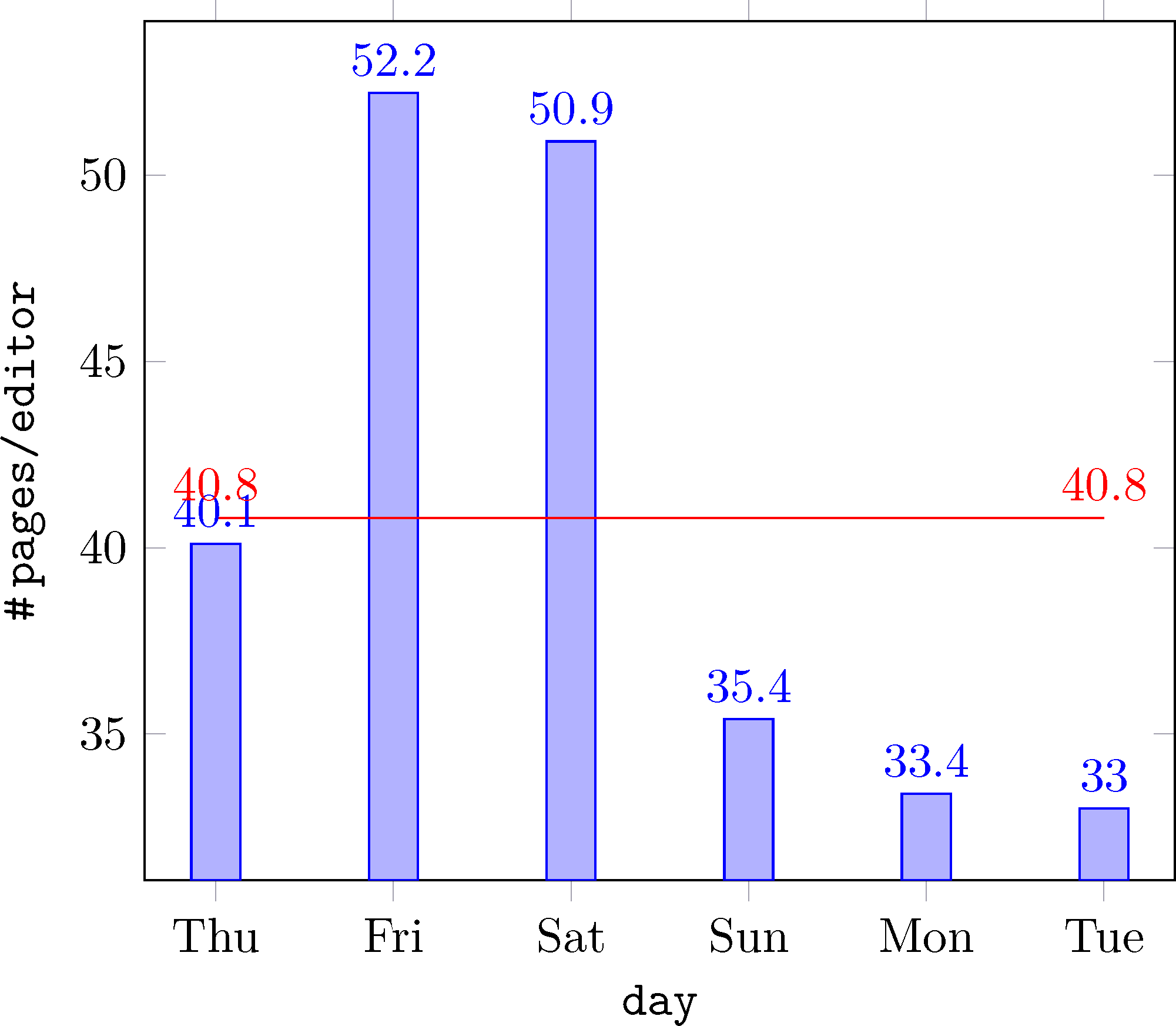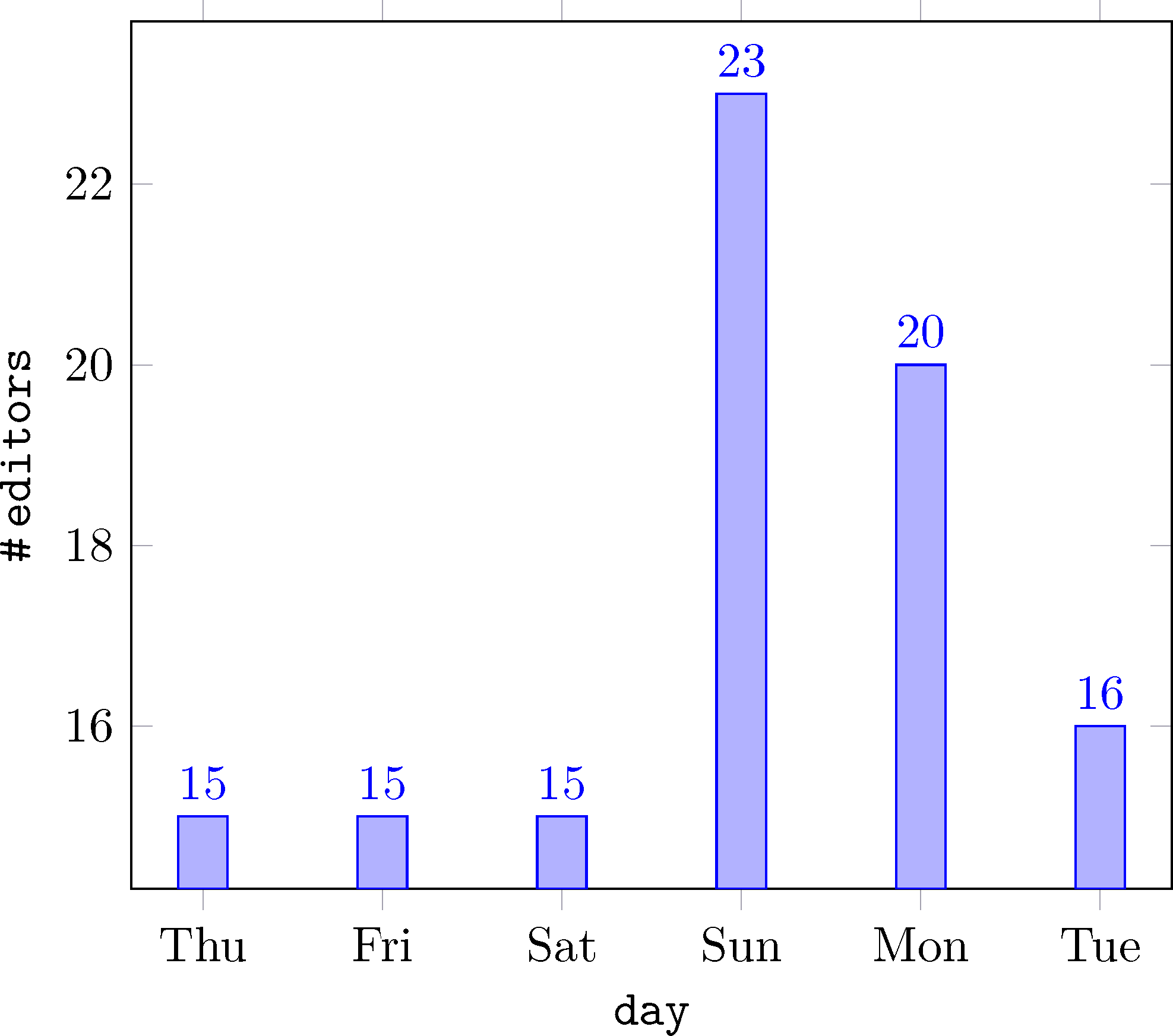Technical Process of Producing a Proceedings
Contact: Volker RW Schaa (GSI Helmholtzzentrum für Schwerionenforschung GmbH)
The effective running of an Editorial Office and the processing of papers
for compliance to the JACoW standard is at the heart of the JACoW activities.
There are effective methods and setups which have evolved over many conferences
to undertake this processing in an effective way.
The role of the Chief Editor is not just that of an editor, but of a Team
Leader who first knows his conference specifics, prepares for the conference'
needs, monitors the stats to ensure the task is completed before all resources
are lost.
This page is only a small part of the talk
The slides of the talk can be found here: Link to slides TUIOA10 pptx. The slides cover the following:
- General flow of paper processing
- Tools and method to ensure flow: checking for "broken" papers, bad fonts, bad files, etc.
- Preparations for proceedings publication
What this talk will not cover
- Workflow in Conference - Proceedings Offices
David Button gave a perfect talk at the Team Meeting 2015
in Padova, Italy about the workflow.
It is strongly recommend to read the slides of his talk as
he gave a concise overview of important topics:
- Resources
- Paper Life Cycle
- General Office Layout
- Roles
- Office Preparation
- Paper Processing
What this talk will cover
- Resources
My talk be will about Resources but not the technical
ones David covered in his talk but the human resources:
- the Editing Team or the "Editors" and
- as David called it, the "Chief Editor" or "Ring Master"
But it will be very technical as it only mentions numbers
and percentages.
- The Chief Editor
The Chief Editor has to know
- his conference
- how many papers to expect (number of abstract - x %)
- the distribution between Word, LaTeX, and ODF format
- how many papers/pages an editor can process in a day
- how many editors he needs to do the job (in time)
- the skills of the editors he can invite
- how to distribute work forces
-
- Know your conference
The examples and statistics for this demonstration are from IPAC2016,
as that was a conference which run perfectly well. The averages from
other IPACs and (NA-)PACs show that when JACoW's requirements were met,
the numbers do not deviate much.

%

I have included some graphics about data for other conference series
(HB, SRF, IBIC, ICALEPCS, and FEL), I will try to add all other active
series. An overview of some data can also be found at {http://vrws.de}
- Number of Papers
1553 Number of paper (abstracts) at time of printing the Abstract Booklet
1268 papers processed and published in the proceedings
-285 = 18 % no shows
This percentage (~20%) was for a long time the standard '''No
Show''' rate for IPACs (same as for EPACs and PACs before), the
only exceptions had been IPAC2014 (8%) and IPAC2015 (12%) where
poster submission were withdrawn when nobody was registered on
the deadline (that was the thread Chris used).
For other conference series 20% is the standard average of
"No Shows" you should take into account when calculating the
necessary number of editors.
The only way to lower the number of authors not submitting
their contribution is through the Program or SP Chair by talking
directly with the authors. But mostly these submissions can
be expected in the week(s) following the conference and when
most editors are gone.
The variation of no shows observed is as high as 35% and low as 10%.
Before you start calculating, check the remark below about
the average number of pages per paper and the effect the
additional reference page plays in this.
References
Include links to related information that team members may find useful, for example, tutorials, presentations, and software sites.


 %
%